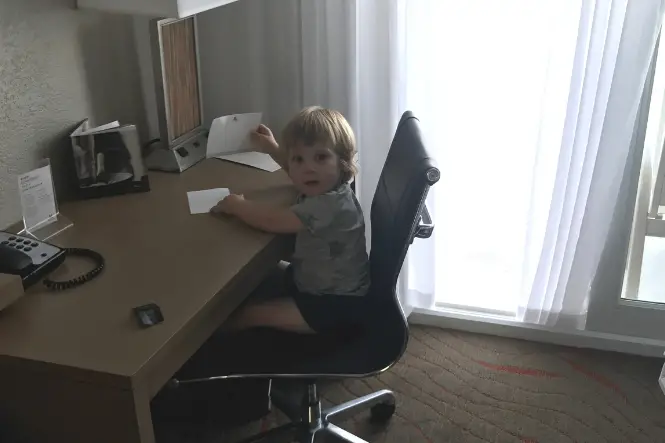Skating and ice skating are both popular leisure activities for children, but both do come with risk factors. Learn how you can help your child remain safe while still letting them enjoy taking part in skating or ice skating.
Skating Safety
Many children enjoy roller skating or in line skating, but as with any type of skating, there are risks involved. Some people make skating look very easy, but there is an art to getting your balance right. On the route to mastering skating, anyone attempting to skate is likely to suffer from a few bumps and falls. To help reduce the impact it has, it’s highly recommended that your children wear a safety helmet, to prevent damage to their head, safety gloves and special pads on their knees and elbows.
It’s important to skate in an area of safety too, whether they’re new to skating or have been skating for a while. Avoid areas where there are lots of pedestrians and areas near busy main roads and cars and stick to quiet areas where there is space to practice without the worry of accidentally running into someone. Parks can be a good option, or head to a specialist skate park. It’s helpful at first if there are solid, sturdy objects that can be held onto while getting balanced, such as a wall, lamp post or gate post.
Once your child is up and skating, reinforce the need to keep off roads, out of the way of pedestrians and to avoid going madly fast. Speeding along may seem like fun, but it’s easy to lose control and hard to stop yourself from having a nasty accident.
Ice Skating Safety
If your child is involved in ice skating, then the first important safety issue to remember is that they should only ever skate on safe ice rinks. However tempting it may be to skate on frozen lakes or rivers during the winter, you can never tell how thick the ice really is, especially in the middle of the water, and they should never risk their life just to give it a try.
There are a variety of permanent ice rinks throughout the UK where children can go for lessons or ice skating sessions and these are ideal for learning the basics of ice skating and getting to grips with mastering it. In addition, seasonal ice rinks often pop up for the winter months, offering the opportunity to skate on an authentic looking outdoor skating rink, under the sun or stars.
Special ice skating boots are required to be able to skate on the ice and, depending on whether your child is a regular skater or not, they may be available to hire at an ice rink or you could buy a pair yourself.
Ice skating may look easy when a professional skater glides around the ice, but getting the balance right doesn’t come naturally to everyone. Falls are only to be expected by anyone learning to ice skate, but you can soften the blow by encouraging your child to wear a safety helmet and pads on their knees and elbows.



